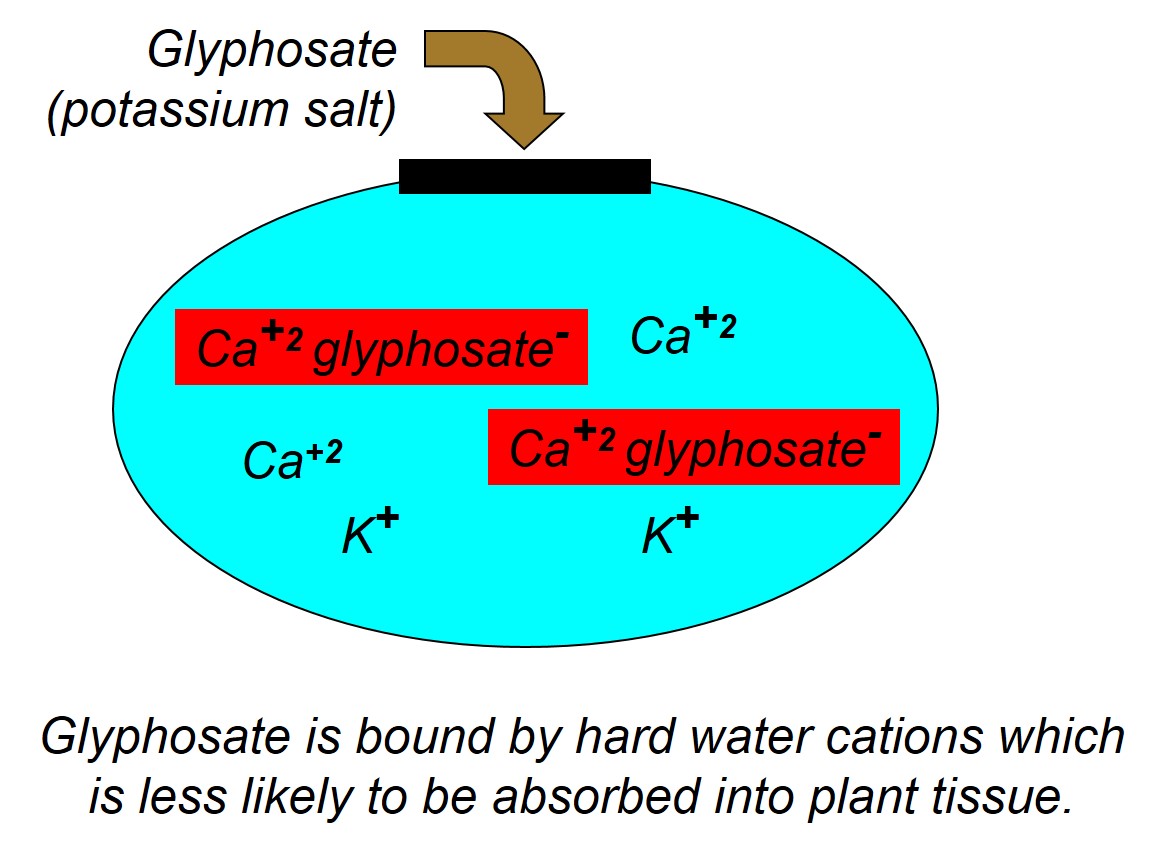
The warmer temperatures in the past couple of weeks have allowed winter wheat fields in Indiana to green up and resume growth.


The warmer temperatures in the past couple of weeks have allowed winter wheat fields in Indiana to green up and resume growth.

We have been getting lots of inquiries lately about fields that didn’t get planted to a corn or soybean crop, and have lots of weeds growing in them.

Recently there has been a number of calls and samples submitted to the Purdue Plant Pest Diagnostic Lab (PPDL) worried that they have frogeye on soybean. I know due to the issues we saw at the end of last season there is a bit of concern about managing frogeye.
The Purdue Weed Science team is hosting an educational field day for farmers, agricultural industry professionals, Extension educators, consultants and others who apply herbicides.
The weed science program at Purdue University is searching for a research associate to provide support and leadership for our Field and greenhouse research program. See the link below or contact Dr. Bill Johnson if you have questions regarding the position. Job Summary Responsibilities for this position will include but are not limited to: Planning, directing and conducting field, greenhouse and laboratory experiments related to weed management in agronomic crops; including planning experiments, planting and managing the growth of plants, pesticide applications, collection of data and harvesting Working in conjunction with Purdue research personnel in weed science, agronomy and plant pathology, researchers at other universities and at various companies that fund some of this research Data management and analysis Preparing reports that will be submitted to a variety of groups including funding agencies and private industry Preparing manuscripts for publication in peer-reviewed journals and other presentations to the scientific community Facilitating[Read More…]
Our rainy wet weather conditions have certainly caused a lot of delays in field operations this spring. One of these challenges we face in a spring like this one is the process of getting crops terminated and summer annual crops like corn and soybean planted in fields where cover crops have grown somewhat large.

There are many no-till fields across Indiana that have either not been burned down or those that will need to be sprayed again because of wet weather and planting delays.
Adoption of Xtend soybeans is expected to reach 70-80% of the soybean acres in the U.S. in 2019. The approval of Enlist E3 soybean imports by China and the Philippines earlier this year has allowed for full commercialization in the U.S. and provided farmers with another auxin herbicide (2,4-D choline) in their soybean weed management programs.

Every spring we receive several calls and e-mails about a certain 3-foot tall weed with yellow flowers. This year, cressleaf groundsel is slower to develop, presumably because of the extended cold and wet weather which has not allowed much field work (spring tillage or burndowns for no-till) to proceed.

We have received a few questions this winter and spring about ammonium sulfate (AMS) rates to use with postemergence herbicides and how much is needed to overcome hard water issues.
© 2024 Purdue University | An equal access/equal opportunity university | Copyright Complaints | Maintained by Pest&Crop newsletter
If you have trouble accessing this page because of a disability, please contact Pest&Crop newsletter at luck@purdue.edu.